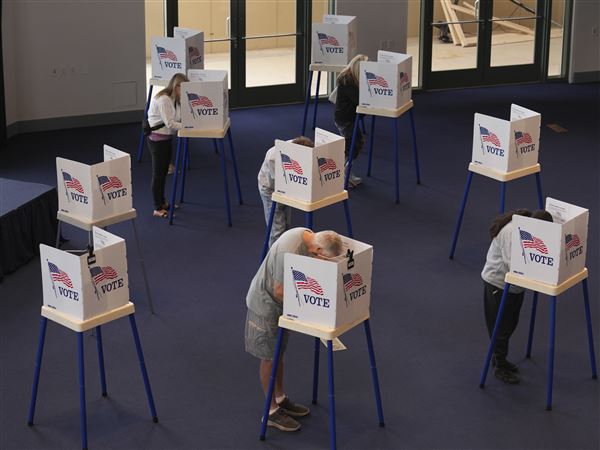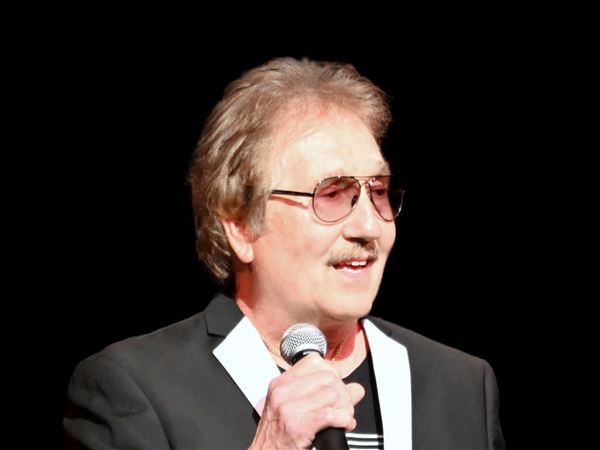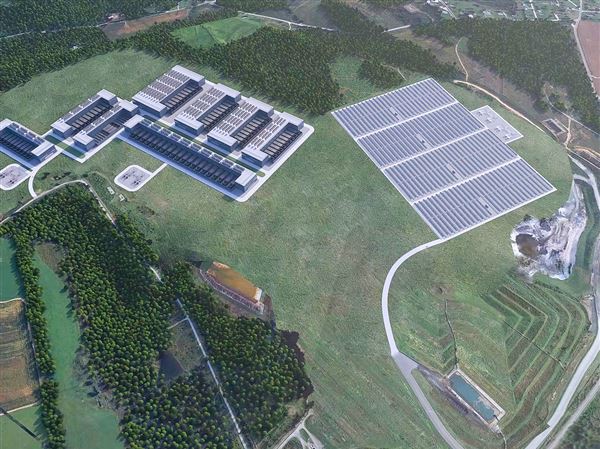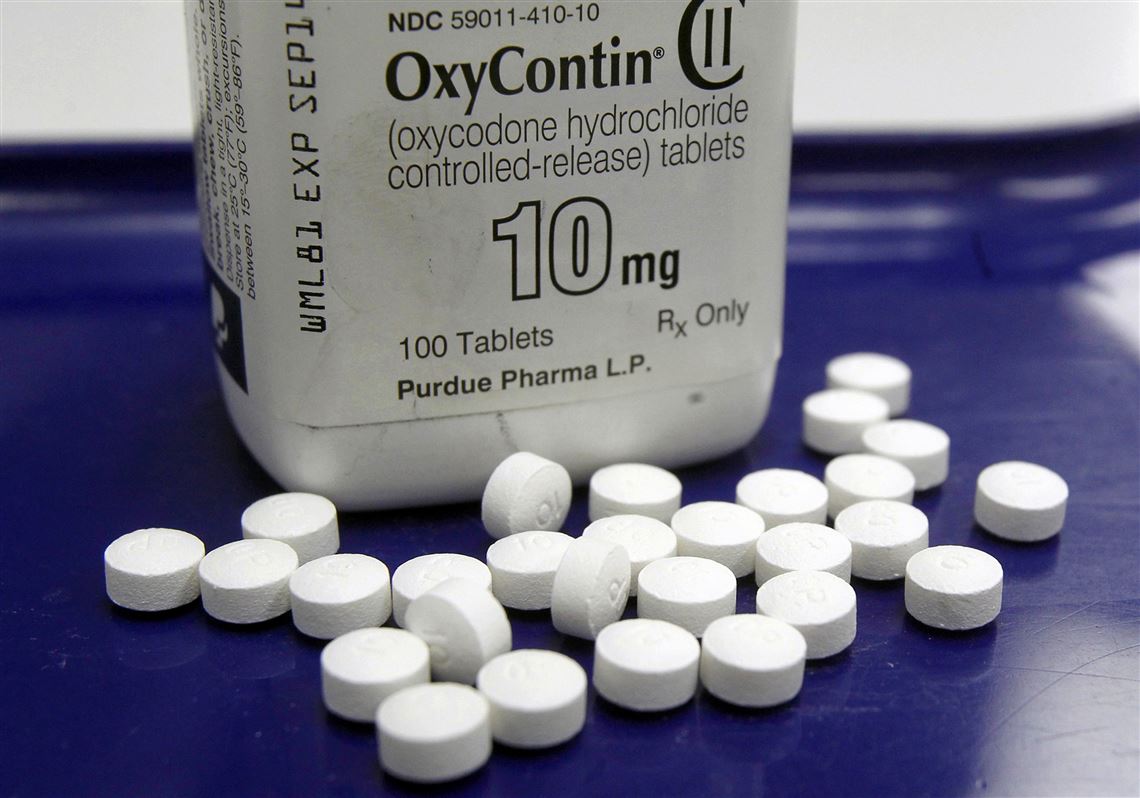People with opioid addiction thrive when treated with medications and compassion. But if they miss doses or run out — or unnecessary government regulations keep them from getting care — their cravings and withdrawal symptoms will return with great force, often within a day. Few other diseases create this tremendous need for ongoing access to care.
Medications like buprenorphine and methadone represent the cornerstone of care. Yet for decades, the federal government imposed mandates for doctors to get special training to prescribe these life-saving drugs and for patients to get them only at specific locations. It is not surprising that only 11% of people with Opioid Use Disorder (OUD) receive these vital medications, because only a few can meet all the bureaucratic demands.
A bright spot
Our system has been designed to exclude most patients, and it succeeds too often. This is a more fatal disease than cancer, yet we don’t use all the tools we have for effective treatment, in part because this disease is drenched with stigma.
In a rare bright spot, the pandemic afforded us a new way forward. COVID-related regulatory changes allowed healthcare providers to set up a telehealth line staffed by trained clinicians and recovery specialists, which not only makes the access to care much easier but means that the treatment can start the same day a patient calls.
It is hard to overstate what a seismic change this is. Before these changes — and in many places still — treatment can take weeks to start and often requires lengthy intake appointments with further delays to see a clinician for a medication prescription. The new system makes the patient’s chance for success much greater.
For the first time, we have a system that could be scaled up statewide in rural and urban areas alike, and is nimble enough to match a disease that killed 81,083 people nationally in 2023, driven by the synthetic opioid fentanyl. The model is far less costly and more patient-centered than the emergency room or most addiction treatment programs.
Low barrier treatment
At Penn, our telehealth model is the CareConnect Warmline, which offers same-day appointments for people to start buprenorphine treatment. We have answered 2,300 calls since our launch in November 2021.
Most patients we see were already on buprenorphine, but were discharged from a care facility without a prescription or a place to follow-up. Others switched insurance or missed an appointment due to a family calamity and lost access. About 10% are recently released from incarceration and want to continue care begun in jail. Many of these folks are especially vulnerable and would likely return to using without this intervention.
One feature of our program that should be imitated is its peer-led model that allows someone with lived experience to guide patients while they consider treatment options. That peer can help them get to the pharmacy, transition to a primary care doctor for continued medication, make follow up appointments, arrange transportation, and reinstate insurance.
This is one component of low barrier treatment, meaning that the patient doesn’t need an insurance card, identification or a primary care doctor. They don’t need to wait weeks for an appointment or be subject to scrutiny, all of which can derail early attempts at recovery.
Our UPMC colleagues in Pittsburgh are running a similar service, the UPMC Toxicology Telemedicine Bridge Clinic. A new state effort seeks proposals to enhance the PA “GET HELP” line, which raises the possibility that we could develop a state-wide system that treats addiction more effectively. But that will require more funding and vision.
Telehealth could also help solve long wait times in rural areas. Regional call centers could refer callers to quality programs nearby. California’s CA Bridge could be a model.
What we need
In my recent testimony before the U.S. Senate Finance Committee, I stressed the need to treat people where they are, whether they’re in prison, on the street or in rehabilitation facilities. To make flexible models work, we need to allow peers and navigators to bill for their services. At the moment, most cannot.
We need better — and more strategic — funding at scale from Medicare, Medicaid and commercial insurers that grows the peer workforce and supports time-based reimbursement for the holistic care these patients need. We also need more money to prevent complications like HIV and hepatitis C, and to run clean syringe programs, which now face budget cuts from the new Philadelphia administration.
These programs work when properly funded and widely accessible. We recently interviewed a potential peer recovery specialist to work with our team. She had OUD and been doing well on buprenorphine, but lost her insurance during a job transition. Two years ago, she called CareConnect Warmline and was re-stabilized on buprenorphine, which she has maintained. Now she wants to help others navigate the road to recovery.
Jeanmarie Perrone is a senior fellow at the Leonard Davis Institute of Health Economics at the University of Pennsylvania and director of the Penn Medicine Center for Addiction Medicine and Policy. Her testimony before the U.S. Senate Finance Committee can be read here.
First Published: July 25, 2024, 9:30 a.m.

















